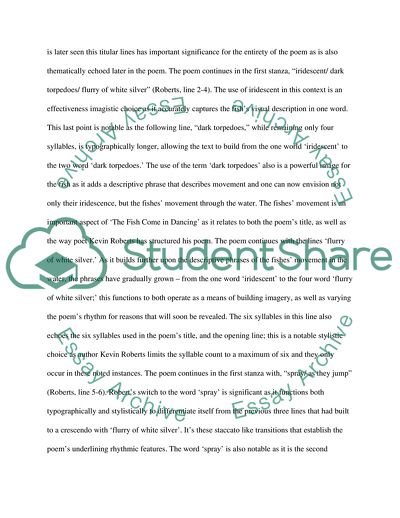Cite this document
(Kevin Roberts Poem The Fish Come in Dancing Book Report/Review, n.d.)
Kevin Roberts Poem The Fish Come in Dancing Book Report/Review. Retrieved from https://studentshare.org/literature/1741237-poetic-analysis
Kevin Roberts Poem The Fish Come in Dancing Book Report/Review. Retrieved from https://studentshare.org/literature/1741237-poetic-analysis
(Kevin Roberts Poem The Fish Come in Dancing Book Report/Review)
Kevin Roberts Poem The Fish Come in Dancing Book Report/Review. https://studentshare.org/literature/1741237-poetic-analysis.
Kevin Roberts Poem The Fish Come in Dancing Book Report/Review. https://studentshare.org/literature/1741237-poetic-analysis.
“Kevin Roberts Poem The Fish Come in Dancing Book Report/Review”. https://studentshare.org/literature/1741237-poetic-analysis.


